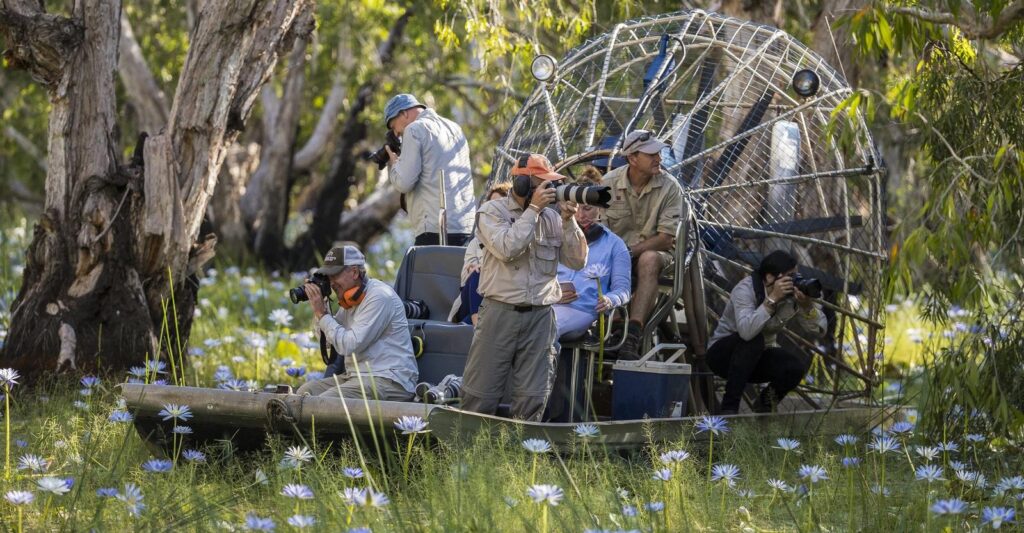Overview
Southern Australia is full of dramatic landscapes, unique flora and quirky animals. From the familiar koala and ferocious Tasmanian devil to the lesser-known wombat and echidna, native wildlife abounds. Many unusual species stir to action after dark, and we seek them out at dawn and dusk. Step inside a cave to marvel at bioluminescent glowworms. Explore the dramatic mountain ranges and National Heritage Area of Grampians National Park, and area that holds more ancient Aboriginal rock art paintings than anywhere else in southern Australia. At the secluded lodges we tuck into each night, kangaroos and Tammar wallabies may frequent your front stoop. Offshore, the isolated isles of Tasmania and Kangaroo Island boast their own endemic species, prized national parks and winemaking prowess. Discover it all on this grand survey of the wonders way down under.
Trip Highlights
- Close Encounters with Unique Wildlife Seek out intriguing native species—kangaroo, koala, cockatoo, wallaby, platypus, echidna, pademelon, wombat and more!
- Four Diverse National Parks Plus Private Reserves Explore the varied habitats of wildlife-rich parks and nature sanctuaries in Tasmania, Kangaroo Island and the Grampians—away from crowds
- Chartered Flights Give You More Time in Nature Enhancing convenience and access, our exclusive chartered flights give you far more time in nature rather than in airports, cities and on long drives
Itinerary
Please fill out the form below to request a quote for rates.
Cost Includes
- Trip price includes: Accommodations, services of Nat Hab's professional Expedition Leader, local guides and lodge staff, private kayaking excursion and kayaking gear, wildlife and cultural presentations and excursions, private sanctuary tours, all meals from dinner on Day 1 through breakfast on final day, some gratuities, airport transfers for those arriving by air on Day 1 and final day, all activities and entrance fees, all taxes, permits and service fees.
- Internal air fee includes: Private charter flight from Adelaide to Kangaroo Island, private charter flight from Kangaroo Island to Warrnambool, and private charter flight from Geelong to Launceston, Tasmania, plus any additional taxes and fees on these flights (these will be listed separately on our invoicing).
Not Included
- Travel to and from the start and end point of your trip, most alcoholic beverages, gratuities for Expedition Leaders, passport and visa fees (if any), optional activities, items of a personal nature (phone calls, laundry and internet, etc.), international airline baggage fees, airport and departure taxes (if any), required medical evacuation insurance, optional travel protection insurance.
Map
















